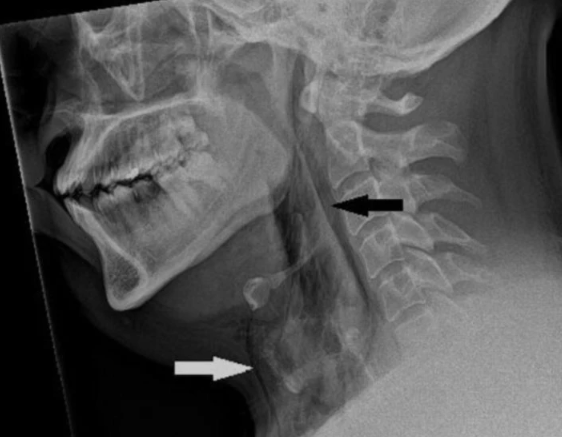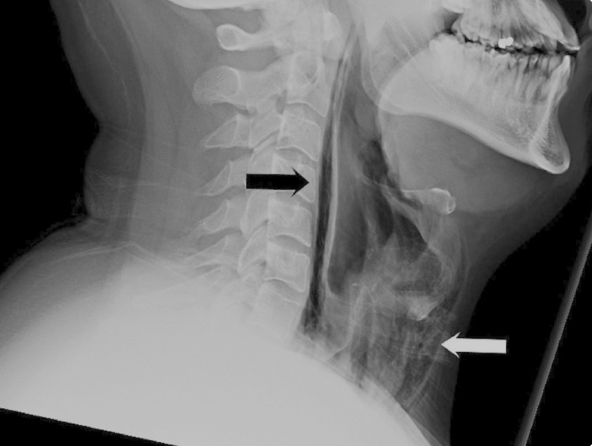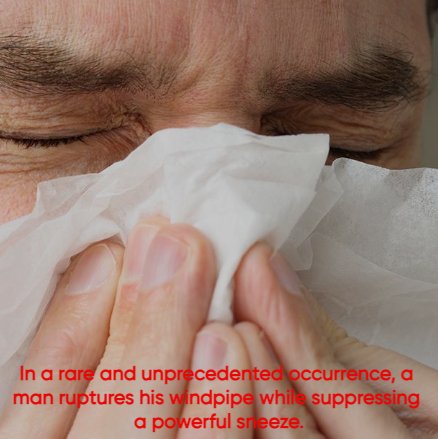In a remarkable and unusual event, a man suffered a torn windpipe as a consequence of attempting to stifle a sneeze—a phenomenon reported for the first time, according to medical experts. The incident unfolded when the man unexpectedly grappled with hay fever while driving. Instead of resorting to conventional methods such as placing a finger beneath his nose or allowing the sneeze to occur naturally, he opted to clamp his nose and close his mouth. Ironically, this unconventional technique backfired, as the suppressed sneeze generated a minute, two-by-two-millimeter hole in his windpipe, as detailed in a Live Science report. The closure of his airway resulted in a buildup of pressure, triggering a sneeze that proved to be 20 times more forceful than usual, resulting in significant damage.

The heightened pressure reached a point where the man’s windpipe tore, measuring 0.08 by 0.08 inches. Experiencing severe pain and noticeable swelling on both sides of his neck, the man sought medical attention. Despite a faint crackling sound detected during the examination, he did not encounter any difficulties in breathing, talking, or swallowing.
Subsequent X-rays revealed the presence of surgical emphysema—a condition where air becomes trapped beneath the deepest layers of the skin. A follow-up CT scan pinpointed the tear between the third and fourth vertebrae of his neck, with accumulated air in the space between his lungs and chest. Medical professionals concluded that the damage was a result of the “rapid build-up of pressure in the trachea while sneezing with a pinched nose and closed mouth.” Remarkably, surgery was deemed unnecessary in this instance.

Doctors clarified that surgical intervention was not necessary. However, he underwent a two-day observation period at the hospital to ensure the stability of his vital signs, including oxygen levels. Upon discharge, he was prescribed painkillers and hay fever medication, with a cautionary recommendation to abstain from physically demanding activities for the next two weeks. A follow-up CT scan conducted five weeks later revealed complete healing of the tear.
Furthermore, medical experts emphasized the significance of this case as a cautionary tale for the public. “It is crucial to advise against stifling sneezes by pinching the nose while keeping the mouth closed, as it can lead to tracheal (windpipe) perforation,” asserted the authors in the BMJ Case Reports journal.

In a reflection on the incident, several doctors highlighted the rarity but not impossibility of windpipe injuries. While there are scarce documented instances, such injuries typically result from physical trauma or surgical procedures, including those involving the thyroid gland or the insertion of a tube into the windpipe. Generally, surgical intervention is required to facilitate healing, contingent on factors such as the tear’s location and the stability of the patient’s vital signs, they added.
